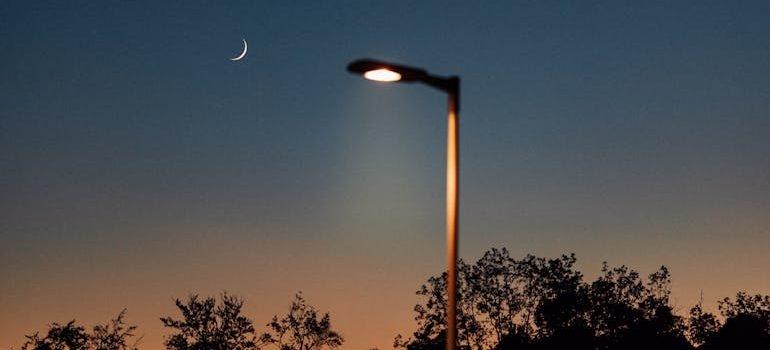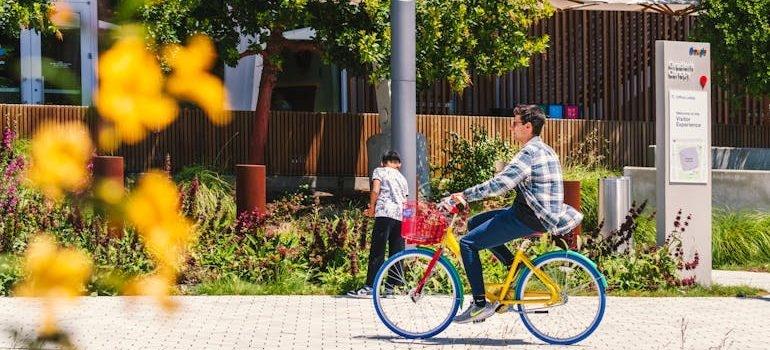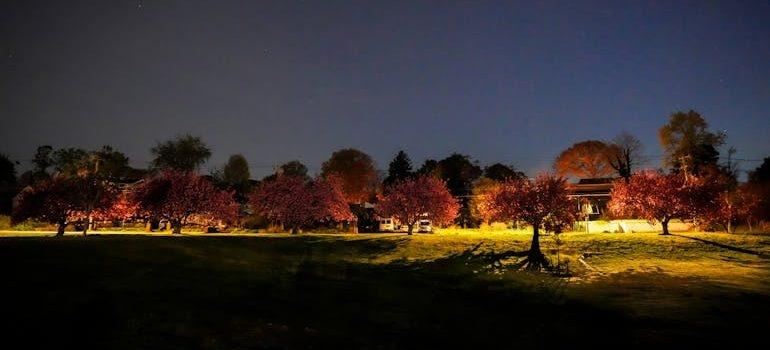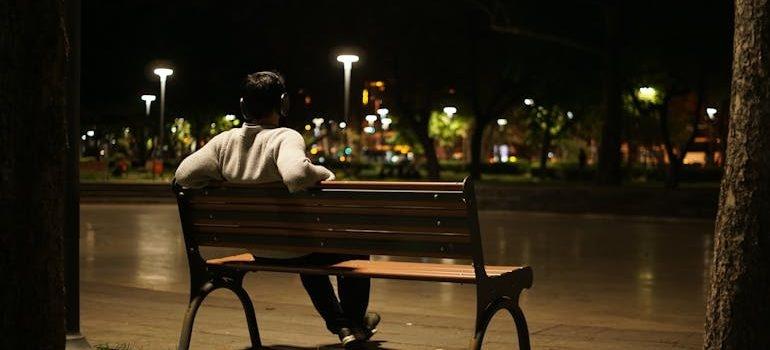
Urban green spaces bring balance to busy city life. They offer places for relaxation, social activity, and community connection. Yet after sunset, many of these areas lose their appeal without proper lighting. Using LED landscape lighting changes this by making parks and gardens safe, welcoming, and visually striking at night. Let's see how LED lighting upgrades urban green spaces, turning them into vibrant destinations for people of all ages.
Lighting plays a vital role in shaping how people use and enjoy urban green spaces after dark. Without proper illumination, parks and pathways can feel unsafe, discouraging visitors and limiting their value to the community. Most people are already familiar with the benefits of a smart streetlight system, yet the question remains: how can similar innovations transform green spaces?
The answer lies in purposeful lighting design that improves visibility, supports safety, and creates a welcoming atmosphere. Thoughtfully placed LED lights encourage movement, highlight pathways, and allow these areas to remain active well into the evening. In turn, this boosts community interaction, promotes healthier lifestyles, and ensures public spaces continue serving people both day and night.
LED technology offers clear advantages over older lighting methods in urban green spaces. Traditional lamps often waste energy, require frequent replacement, and create uneven lighting. In contrast, LEDs deliver consistent brightness with far lower power use. Because they last longer, maintenance costs drop, making them practical for city budgets. They also produce less heat, which helps protect nearby plants.
Many city planners now look to LEDs as a reliable way to reduce carbon footprint while improving public spaces. With added flexibility through dimming and color options, LEDs adapt to seasonal needs and community events. Together, these benefits make LEDs an ideal choice for modern cities aiming to build safe, efficient, and sustainable green environments.

Enhancing green spaces with LED lighting is just one factor people consider when choosing between urban and suburban living. Many individuals evaluate lifestyle options based on outdoor access, walkability, and the design of shared spaces. In cities, green areas are smaller but vital for community gatherings and safe evening use. Suburban environments often offer larger spaces, but with different lighting needs focused on leisure and security.
These choices connect to broader lifestyle decisions, such as green moving practices that reflect sustainable values. For some, even the process of relocating with the environment in mind reinforces how deeply personal decisions align with environmental responsibility and the appreciation of well-designed, well-lit outdoor areas.
A well-lit park or garden does more than improve safety; it also creates visual appeal that invites people to stay longer. Using LED landscape lighting makes it possible to highlight trees, flower beds, and pathways in ways that feel both artistic and practical. With adjustable brightness and color options, LEDs can set a calming mood or create vibrant effects for special events. Proper placement ensures balance, preventing harsh glare while still providing enough light for comfort.
City planners and designers increasingly use LEDs to showcase water features, sculptures, or historic landmarks in public spaces. The result is an environment that feels both beautiful and functional, encouraging more people to visit and enjoy urban green areas.

Safety and accessibility are two of the strongest reasons for adding lighting to public green spaces. Without proper illumination, pathways, stairs, and open areas can become hazardous, discouraging use after sunset. LED lighting improves visibility, reducing the risk of accidents and creating a sense of security for visitors. Well-lit parks also help deter crime by removing dark corners where danger can hide.
For many communities, accessible lighting supports inclusivity, making spaces safer for seniors, families, and individuals with disabilities. Clear lighting helps guide movement, allowing people to navigate comfortably and confidently at night. By extending safe use into the evening hours, green spaces remain active, valuable, and welcoming hubs of community life every day.
Modern technology makes LED lighting even more effective through the use of smart controls and adaptive systems. Features such as motion sensors, timers, and dimming functions allow cities to manage energy use intelligently. Remote management ensures that adjustments can be made quickly, reducing costs and improving efficiency. Importantly, using LED landscape lighting with smart controls means parks and gardens can shift from bright, active spaces to calmer, softer environments as the night progresses.
Likewise, adaptive lighting responds to weather, foot traffic, and seasonal changes, creating a safer and more pleasant experience for visitors. With these tools, cities not only save energy but also build flexible, responsive environments that adapt to the diverse needs of their communities.

Lighting does more than improve safety and efficiency; it can also bring people together. Thoughtful landscape lighting design encourages communities to see green spaces as destinations, not just passing areas. LEDs can be used to create inviting atmospheres for concerts, festivals, or cultural celebrations, extending activities into the evening. Seasonal displays or themed lighting can spark excitement and strengthen local identity.
When people feel drawn to well-lit public spaces, they are more likely to spend time outdoors, connect with neighbors, and build stronger bonds. In this way, lighting design helps foster pride in the community. LED technology supports social interaction, shared experiences, and a greater sense of belonging in urban areas.
LED lighting plays a key role in meeting sustainable urban development goals. Cities worldwide are working to cut energy use and emissions while improving the quality of life. LEDs consume far less electricity than traditional fixtures and last significantly longer, which reduces waste and resource demand. By adopting these systems, urban planners show commitment to cleaner, more efficient infrastructure.
Importantly, using LED landscape lighting aligns with climate goals by lowering operational costs and greenhouse gas emissions. These savings allow cities to reinvest in public spaces and services. With every installation, communities take a step toward greener, healthier, and more resilient urban environments.
Urban areas thrive when public spaces remain safe, inviting, and sustainable. Using LED landscape lighting achieves this by improving safety, reducing energy costs, and enhancing beauty. With smart, efficient solutions, cities can ensure their green spaces remain vibrant and welcoming, day and night.